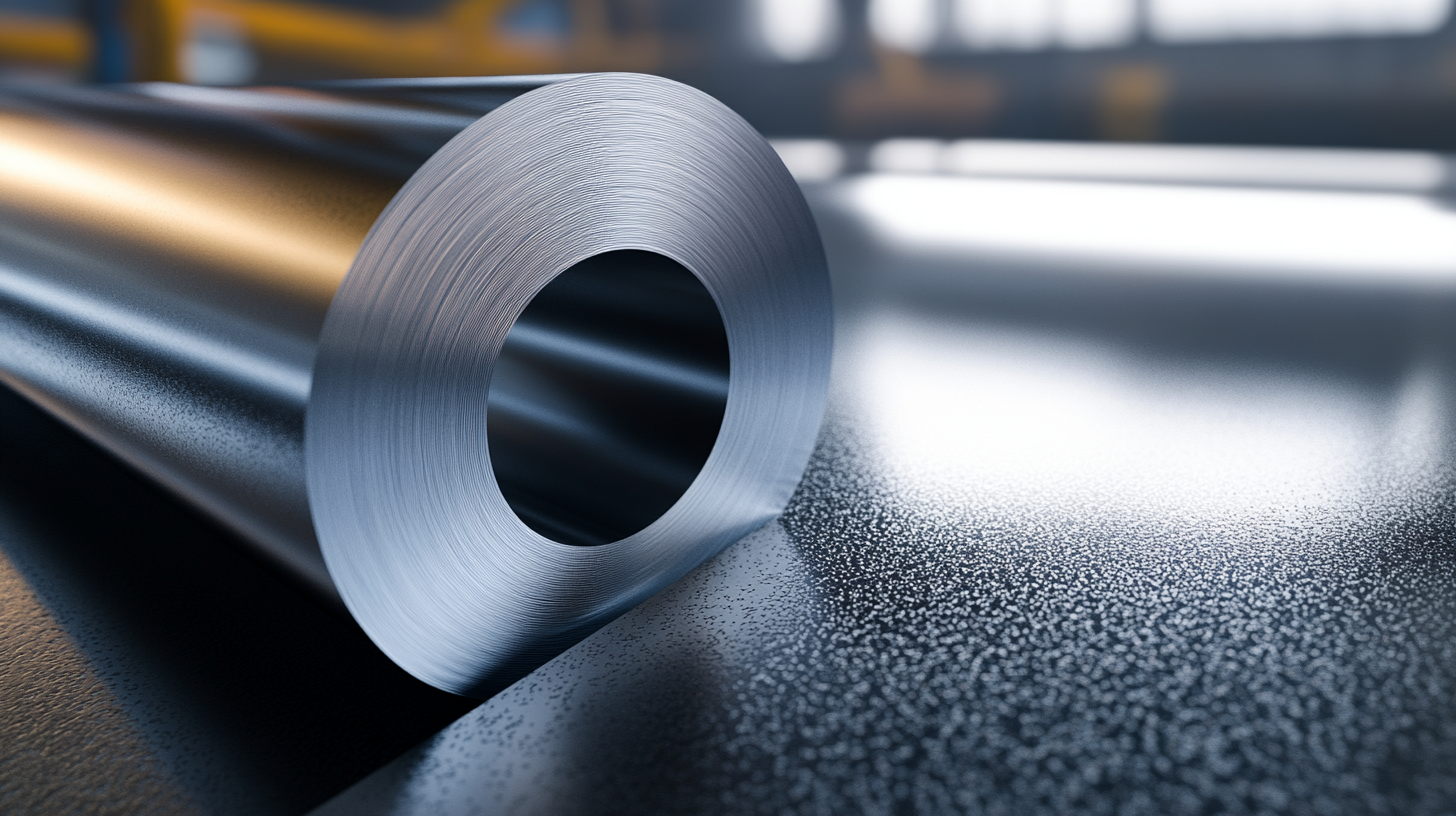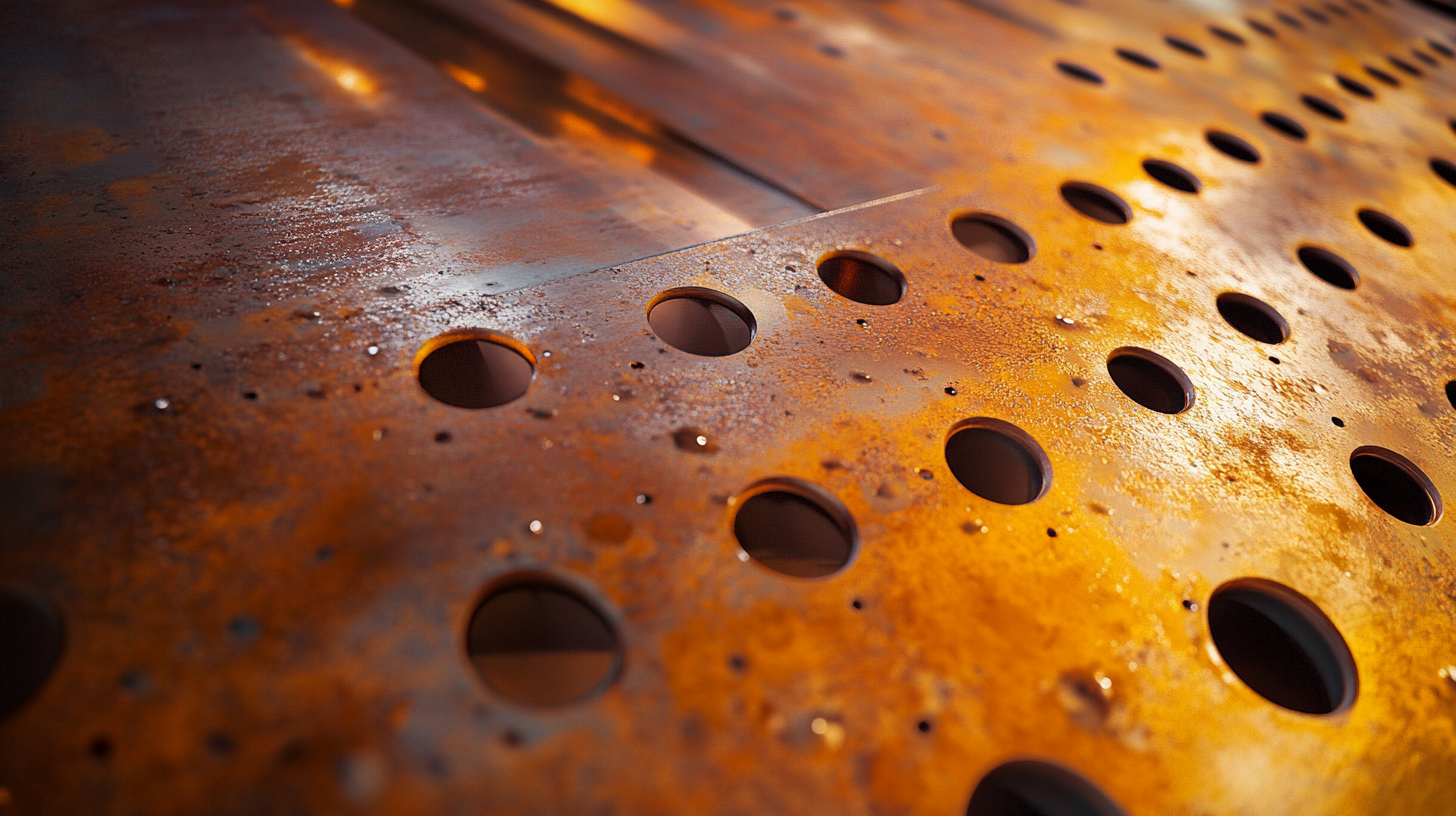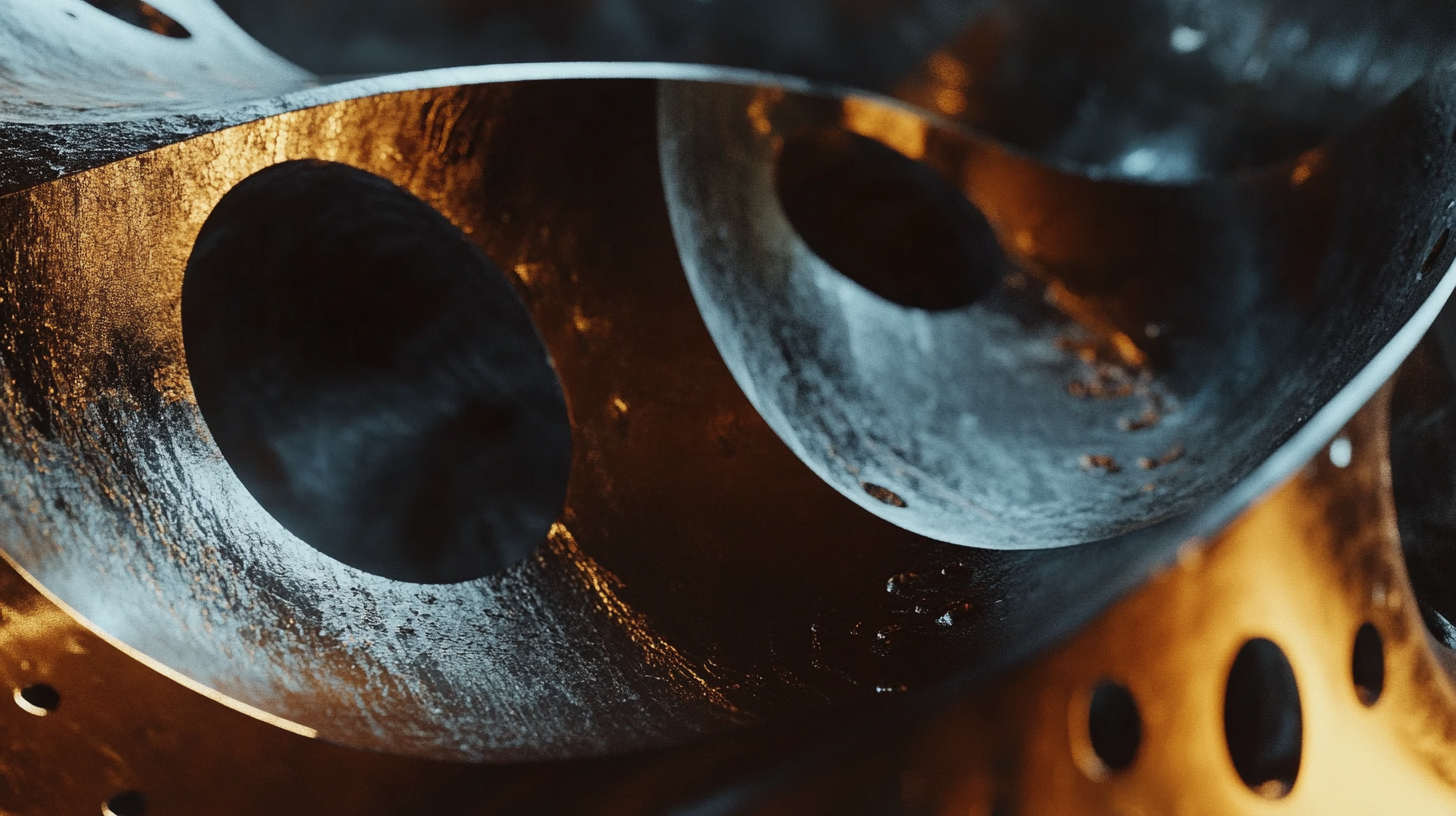In the realm of manufacturing, material selection plays a pivotal role in determining the efficiency and effectiveness of production processes. Among the various materials available, "Metal Sheet With Holes" stands out as a versatile solution that not only enhances functionality but also addresses diverse design and engineering needs. These perforated metal sheets are engineered to provide optimal airflow, reduce weight without compromising strength, and facilitate drainage, making them ideal for a wide array of applications—from architectural facades to industrial machinery. As we explore the specifications and benefits of metal sheets with holes, we will uncover how these innovative materials can streamline manufacturing operations while providing aesthetic appeal and structural integrity. Whether you are looking to optimize performance or achieve a particular design, understanding the intricacies of these metal sheets can greatly influence your project's success.

When considering the right materials for your manufacturing processes, metal sheets with holes often emerge as a versatile option. Their specifications play a crucial role in determining their application across various industries. Key specifications to consider include material thickness, hole diameter, and spacing. For instance, thicker sheets can provide greater durability for heavy-duty applications, while precise hole dimensions are essential for components requiring strict tolerances. Understanding these specifications allows manufacturers to better select materials tailored to their specific needs.
Additionally, the benefits of using metal sheets with holes extend beyond their practicality. These sheets can significantly reduce weight while maintaining strength, making them ideal for applications in automotive and aerospace industries. Moreover, the arrangement of holes can facilitate airflow and drainage in certain designs, enhancing functionality. By comprehensively evaluating the specifications and advantages, manufacturers can optimize their production capabilities and ensure they meet industry standards efficiently.
| Specification | Details | Benefits |
|---|---|---|
| Material Type | Aluminum, Steel, Stainless Steel | Durability and strength for heavy-duty applications. |
| Thickness | Varies from 0.5mm to 10mm | Customizable for specific manufacturing needs. |
| Hole Size | From small diameters (1mm) to large (50mm) | Allows for ventilation, drainage, and aesthetic designs. |
| Hole Pattern | Circular, rectangular, or custom | Versatile for various applications, enhancing functionality. |
| Surface Finish | Powder-coated, anodized, or untreated | Improves corrosion resistance and aesthetic appeal. |
| Applications | Automotive, construction, furniture | Widely used in various industries, enhancing efficiency. |
Perforated metal sheets are increasingly becoming a staple in the manufacturing sector, finding applications in diverse fields ranging from architecture to food processing. The versatility of these materials enables manufacturers to innovate and improve their products, catering to specific needs. For instance, in the food industry, steel belts equipped with perforated designs facilitate efficient heat transfer and airflow during baking processes. This not only enhances cooking efficiency but also allows for a continuous, automated processing line, significantly benefiting production rates and product quality.
Moreover, the aesthetic potential of perforated metal sheets cannot be underestimated. Recent architectural projects have showcased how these materials can create visually stunning designs while serving practical purposes, such as light filtration and ventilation. As seen in various international architectural works, perforated metal panels can transform the appearance of buildings and structures, making them functional art pieces that engage and inspire. The use of innovative perforated designs stands as a testament to the versatility and adaptability of these materials across multiple sectors, ensuring they remain relevant in an ever-evolving market.

Metal sheets with holes are becoming increasingly vital in modern manufacturing, providing both functional benefits and aesthetic enhancements. According to a report by MarketsandMarkets, the global metal fabricating market was valued at over $175 billion in 2022, with a significant share attributed to products incorporating perforated materials. These sheets allow for better performance in various applications, such as improved airflow in HVAC systems and weight reduction in automotive components, which is crucial as manufacturers aim for higher efficiency and sustainability.
The design possibilities enabled by perforated metal sheets are expansive. Designers can tailor hole patterns to not only optimize their products' functionality but also enhance their visual appeal. An analysis from the American Institute of Steel Construction highlights how custom perforations can reduce weight by up to 30% while maintaining structural integrity, making them an ideal choice for industries striving for lightweight yet robust solutions. Furthermore, the ability to manipulate materials for specific sound absorption, aesthetic qualities, and thermal management further emphasizes the versatility of metal sheets with holes in contemporary manufacturing.

When considering manufacturing materials, metal sheets with holes offer distinct advantages compared to solid metal sheets. First, the reduction in weight is one of the most significant benefits. In industries where minimizing weight for transport and assembly is crucial, perforated sheets provide the necessary strength while cutting down on excess material. This not only contributes to lower shipping costs but also enhances the efficiency of handling and installation processes.
In addition to weight considerations, metal sheets with holes promote better airflow and drainage in applications such as HVAC systems and outdoor furniture. This capability helps prevent the buildup of moisture and improves the longevity of products. Conversely, solid metal sheets may trap heat and moisture, leading to potential corrosion or structural issues over time. The holes in perforated sheets also allow for creative design possibilities, enabling manufacturers to achieve aesthetic and functional goals simultaneously, which is often not possible with solid sheets.
When considering the cost-benefit aspect of utilizing metal sheet with holes in manufacturing, it is essential to evaluate both the immediate financial implications and the long-term advantages. Metal sheets designed with holes offer significant weight reduction, which can be particularly beneficial in sectors like automotive and aerospace. This not only lowers material costs but also optimizes fuel efficiency and performance in finished products. The incorporation of innovative hole clinching techniques further enhances structural integrity while minimizing the need for additional fasteners, demonstrating a clear cost-saving measure.
Moreover, advancements in punching technology have revolutionized how manufacturers can produce components efficiently. By reducing the cost per part through enhanced automation and precision in hole creation, companies are able to meet production demands without compromising quality. This is crucial in competitive markets where the balance between cost control and product excellence can determine a manufacturer's success. As industries navigate the challenges of modern manufacturing, including regulatory pressures and sustainability concerns, leveraging cost-effective solutions like metal sheets with holes will be pivotal in maintaining operational efficiency and profitability.
